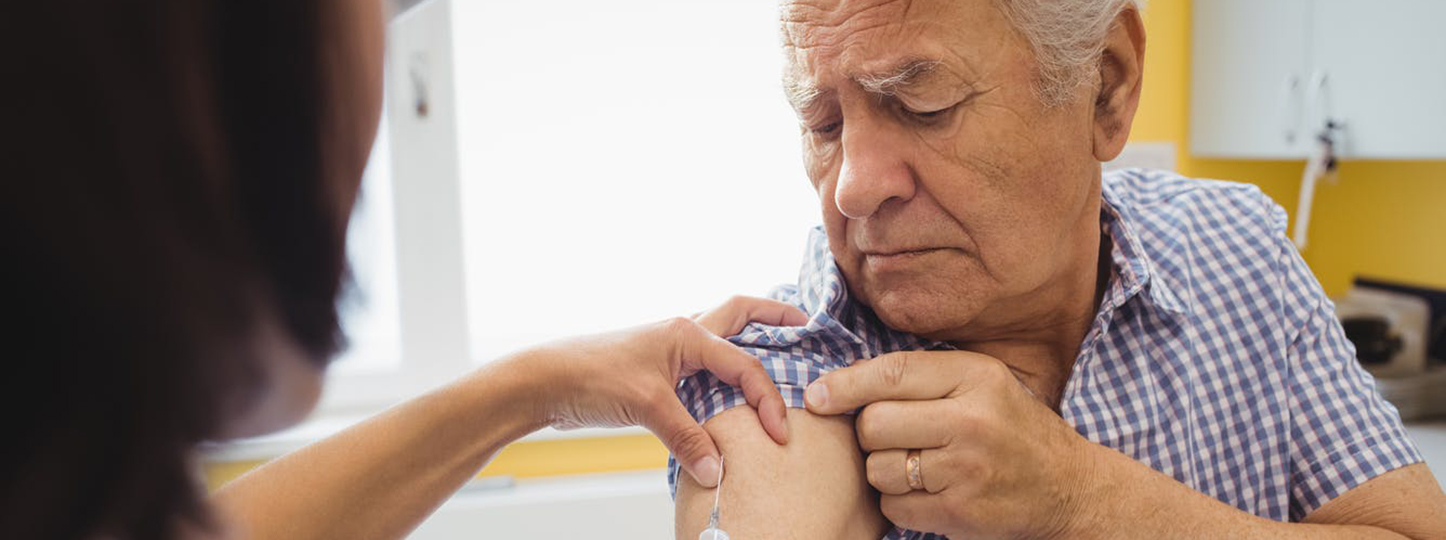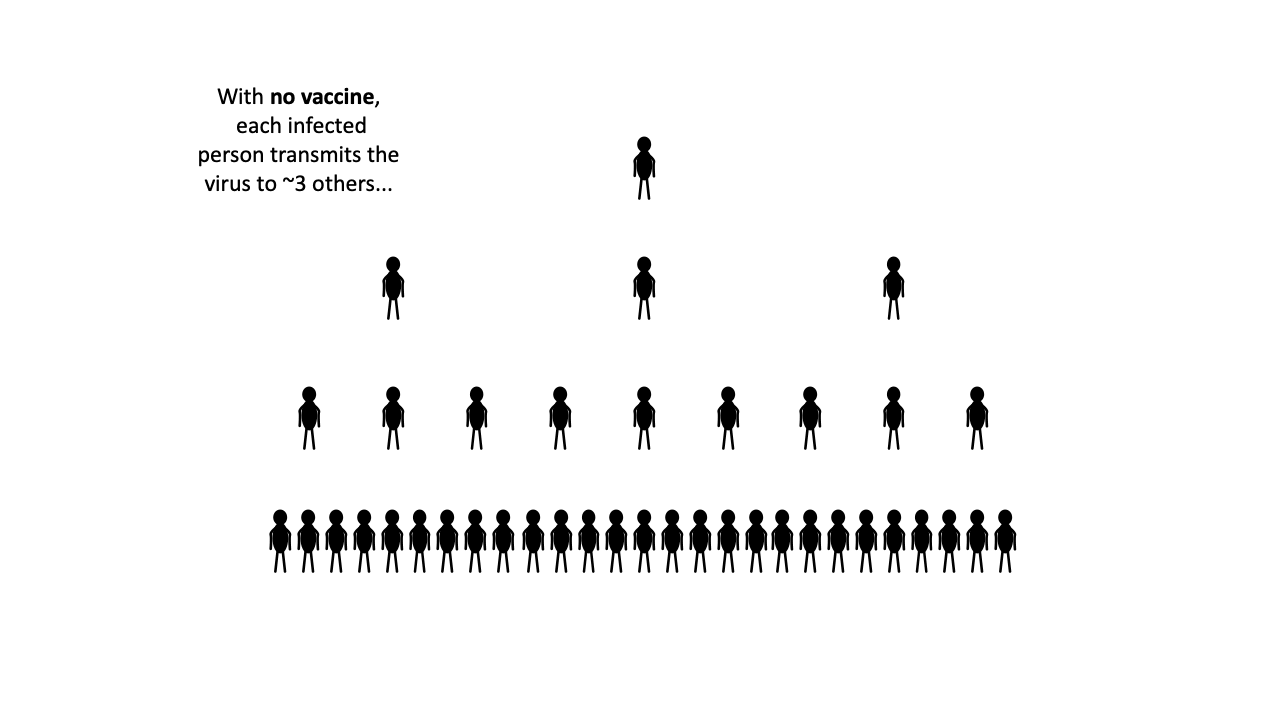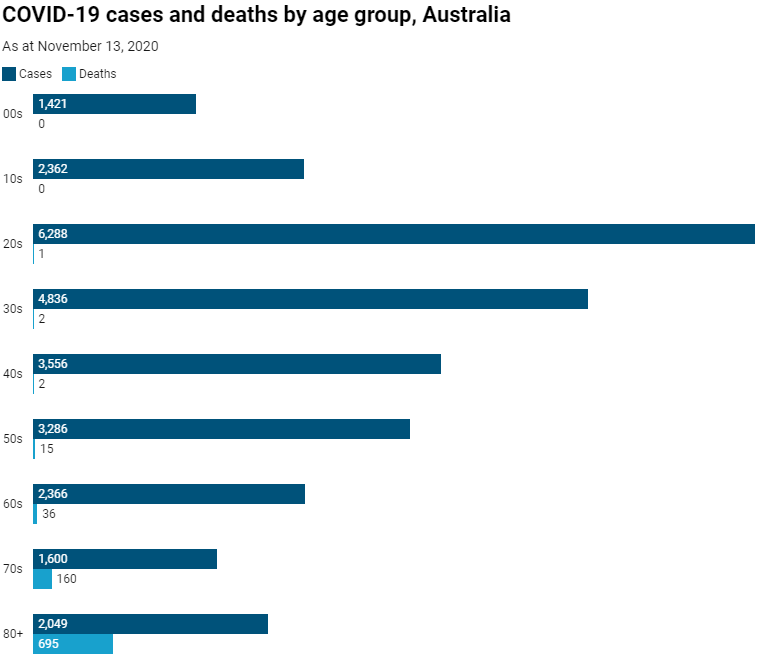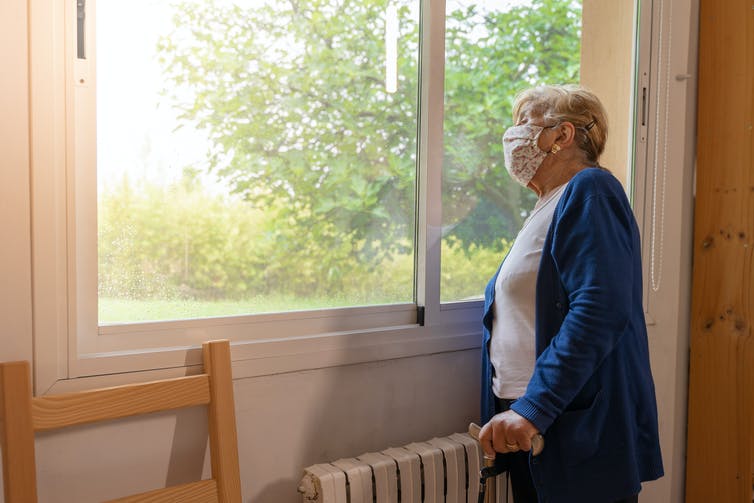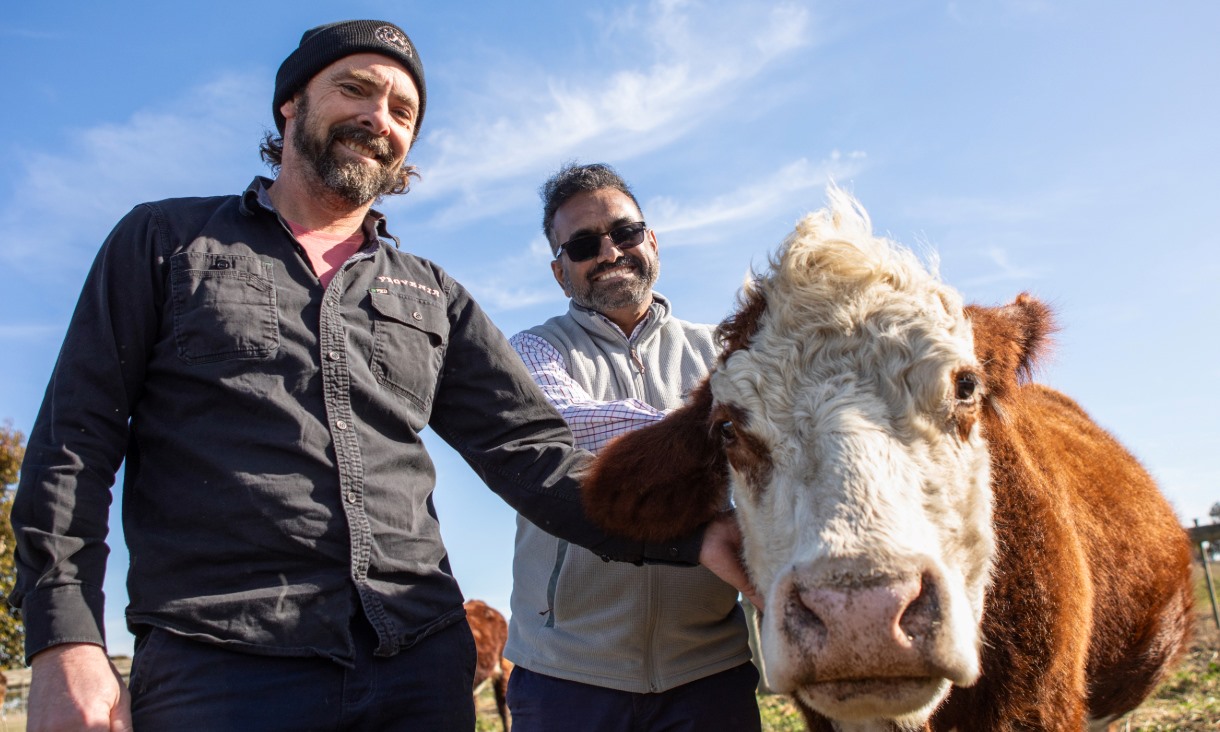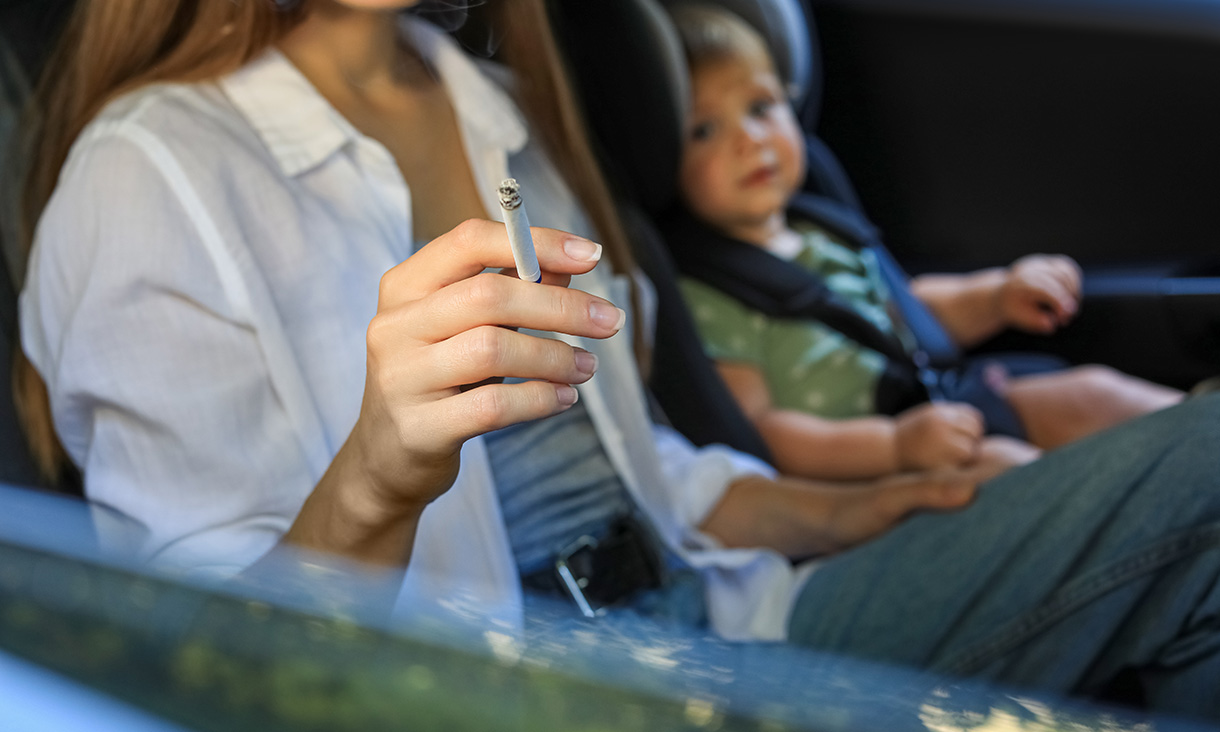Confinement may affect how we smell and feel about food
New research from RMIT University found confined and isolating environments changed the way people smelled and responded emotionally to certain food aromas.
A new pandemic could ride in on animals we eat, researchers warn
Researchers warn the animals we eat could be the gateway for a pandemic in the form of antimicrobial resistance, unleashing a wave of deadly superbugs.
More than 1/3 illicit drugs sold on the dark web contain unexpected substances
Testing of illicit drugs bought online found 35% were not what they said they were, highlighting the urgent need for more local drug testing facilities in Australia to prevent harm and overdose.
Links between parental smoking and childhood obesity transcends socio-economic boundaries
A study into parental smoking and childhood obesity has challenged previous notions by revealing that the links between the two are not confined to a specific socio-economic group.
